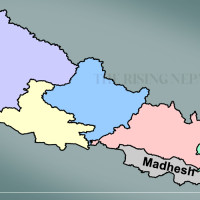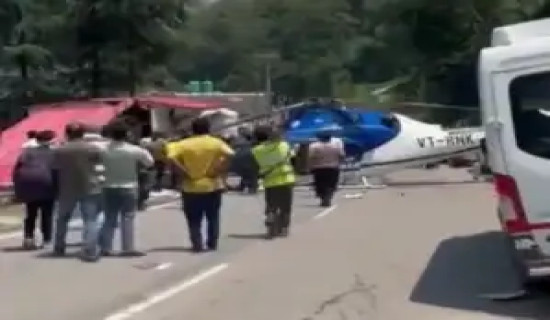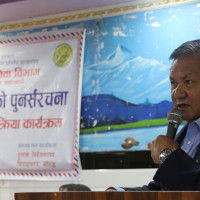- Saturday, 7 June 2025
KU, SathSathai join hands on ‘Coal Exit Programme’
By A Staff Reporter,Kathmandu, June 7: On the occasion of World Environment Day on Thursday, the SathSathai Foundation and Kathmandu University announced the launch of the Nepal Coal Exit Programme: Responsive Use of Coal and a Just Transition, a landmark national initiative aimed at eliminating coal use through a fair, responsible shift to renewable energy by 2045.
Announcing the initiative, SathSathai Foundation Chairperson Prajeeta Karki said that coal is one of the dirtiest fossil fuels, emitting not only large amounts of carbon dioxide but also black carbon, a short-lived climate pollutant that accelerates glacier melt in the Himalayas. Its continued use poses a severe threat to air quality, public health and Nepal’s fragile mountain ecosystem, she said.
“Despite Nepal's vast hydropower potential, the country relies heavily on imported coal, especially used in the brick and cement industries. In 2022, coal worth over USD 130 was imported. Coal now accounts for 8 per cent of Nepal’s energy mix and is projected to rise to 13 per cent by 2050, which directly contradicts Nepal’s net-zero emissions target,” she said.
In contrast, Nepal’s renewable electricity generation is expected to exceed domestic demand by 18,000 MW in 2025, offering a significant opportunity to replace fossil fuels. Yet, the country lacks a clear national policy to end coal use.
The Nepal Coal Exit Programme aims to reverse this trend through a strategic, inclusive and science-based roadmap with the following key goals -- Draft a Nepal Coal Exit Policy by 2028, shut down coal-based plants by 2030, achieve 100 per cent renewable energy capacity by 2050, ensure a just transition for affected workers and industries and mobilise climate finance, technology and international partnerships, Karki said.
The programme will unfold in three phases (2025–2040) and promote the responsive use of coal -- defined as its minimal, temporary, and strategic use only where necessary during the transition.
"This is not just an energy transition—it is a moral commitment to future generations. A coal-free Nepal by 2045 is possible if we act now, together," said Badri Sigdel, spokesperson for SathSathai Foundation.
"We are proud to partner on this critical initiative that aligns academic research with national climate goals," added team leader of Green Hydrogen Lab, Kathmandu University,” he said.
At the programme, a member of the Madhesi Commission said coal should be phased out to protect our biodiversity.
Meanwhile, the Kathmandu Metropolitan City (KMC) announced the official launch of the “Kathmandu Metro Air Quality Monitoring Dashboard on the occasion of World Environment Day.
The announcement highlights the city’s commitment to strengthening air quality monitoring and improving health as part of the Partnership for Healthy Cities, a prestigious global network of 74 cities committed to saving lives by preventing noncommunicable diseases (NCDs), such as heart disease, diabetes and cancer, and injuries.
The dashboard provides real-time data on PM2.5 levels and Air Quality Index (AQI) from 18 sensors installed across the city. It aims to inform residents about the current state of air quality, increase public education and awareness to help residents protect their health, and promote community-level engagement in pollution reduction. This initiative marks a major step forward in KMC’s efforts to improve air quality and safeguard public health.
“It is important to recognise that Kathmandu’s air pollution is not solely the result of activities within the city. It stems from a combination of local sources, valley-wide activities, cross-boundary pollution, and the city’s unique geographical conditions. Addressing this issue requires collective action, from government bodies, private sector actors, civil society, and the public,” said Sarita Rai Head, Environment Management Department.
In addition to air quality data, the dashboard features public awareness messages and videos, health alerts, educational content that helps show users how to interpret air quality data, and a space to take part in the #LetKathmanduBreathe campaign, a city-wide initiative encouraging public participation.
The dashboard currently displays the history of 7-day daily averages of PM2.5 data. Researchers and the public can request extended datasets by contacting the KMC office.

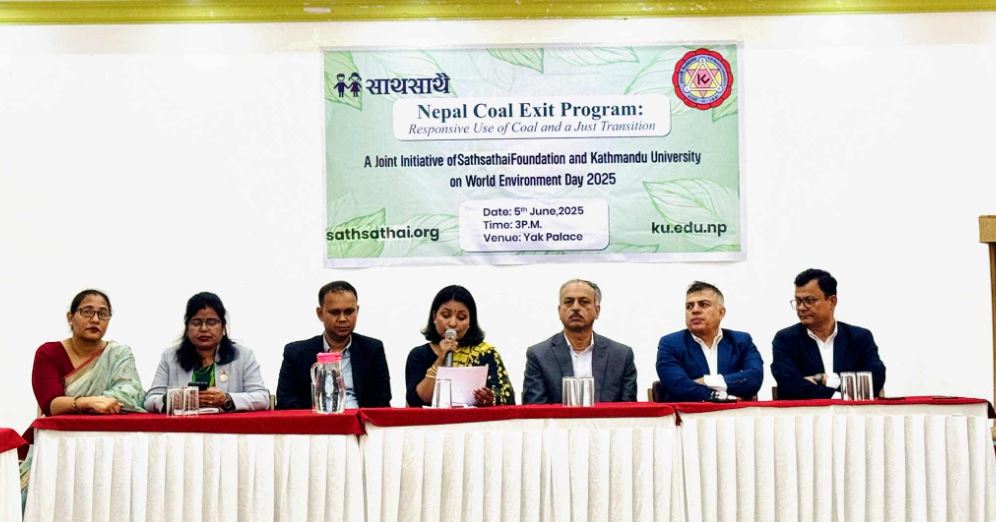

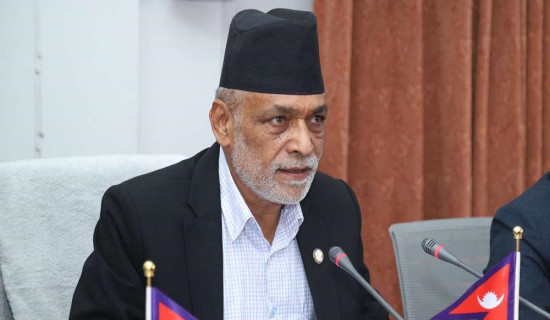
-square-thumb.jpg)
